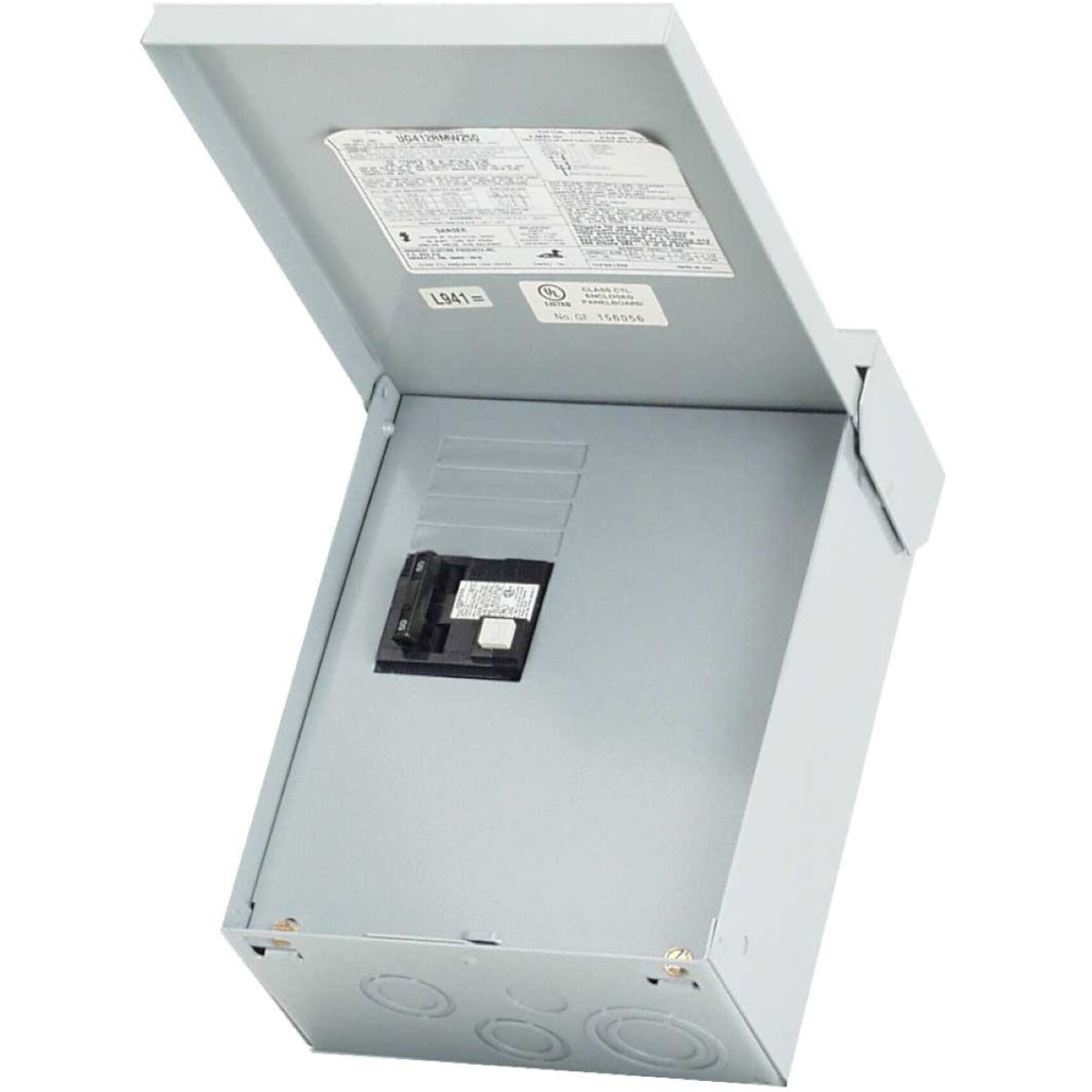

Articles
What Breakers Fit Midwest Panel
Modified: September 2, 2024
Looking for information on what breakers fit Midwest panels? Check out our helpful articles on the topic.
(Many of the links in this article redirect to a specific reviewed product. Your purchase of these products through affiliate links helps to generate commission for Storables.com, at no extra cost. Learn more)
Introduction
When you’re dealing with electrical panels and breakers, it’s crucial to ensure compatibility and safety. Midwest panels are a popular choice for many residential and commercial buildings, known for their reliability and performance. However, finding the right breakers that fit Midwest panels can sometimes be a challenging task, especially if you’re not familiar with the different options available.
In this article, we’ll delve into the world of Midwest panels and shed light on the various types of breakers that are compatible with them. Whether you’re a homeowner looking to upgrade your electrical system or an electrician dealing with a Midwest panel installation, this guide will provide you with the information you need to make an informed decision.
So, let’s jump right in and explore the intricacies of Midwest panels and the breakers that fit them perfectly.
Key Takeaways:
- Ensure safety and efficiency by choosing the right breakers for Midwest panels. Consider size, electrical specs, and compatibility with older models. OEM and approved aftermarket options are available.
- When in doubt, consult a licensed electrician for expert guidance on selecting the ideal breakers for your Midwest panel. Prioritize safety and follow manufacturer and local electrical code recommendations.
Understanding Midwest Panels
Before we dive into the different types of breakers that fit Midwest panels, let’s start by understanding what exactly Midwest panels are. Midwest panels, also known as Midwest Electric panels, are electrical distribution panels that are commonly used in residential and commercial buildings.
These panels are known for their durability and efficiency, making them a popular choice among electricians and homeowners alike. They are designed to safely distribute electrical power throughout the building, from the main electrical service panel to individual circuits.
Midwest panels come in various sizes and configurations to accommodate different electrical requirements. They are typically installed in a dedicated electrical room or closet and are equipped with circuit breakers, which serve as protective devices to prevent overloading and short circuits.
It’s important to note that Midwest panels are specific to the Midwest Electric brand, so the breakers compatible with them may not necessarily work with other panel brands. Therefore, it’s crucial to ensure that you choose the right breakers that are specifically designed and approved for use with Midwest panels.
Now that we have a basic understanding of what Midwest panels are, let’s explore the different types of breakers that are compatible with them.
Types of Breakers
When it comes to breakers for Midwest panels, there are primarily two types to consider: standard breakers and tandem breakers.
1. Standard Breakers:
Standard breakers, also known as single-pole breakers, are the most common type used in Midwest panels. These breakers are designed to handle typical electrical circuits that require 120 volts of power. They are suitable for powering standard lighting fixtures, outlets, and small appliances.
Standard breakers are available in different amperages, typically ranging from 15 to 50 amps. The amperage rating determines the maximum amount of current that the breaker can handle before tripping and shutting off the circuit. You need to choose a breaker with an appropriate amperage rating based on the electrical load of the circuit.
2. Tandem Breakers:
Tandem breakers, also known as double-pole breakers or half-size breakers, are a space-saving option for Midwest panels. These breakers are designed to fit into a single breaker slot but provide two separate circuits. They are commonly used when there is a need for additional circuits but limited space in the electrical panel.
Tandem breakers are available in various configurations, such as 15/15 amps, 20/20 amps, and 15/20 amps. The first number represents the amperage of one circuit, while the second number represents the amperage of the other circuit. It’s important to consult the panel’s specifications and adhere to the manufacturer’s guidelines when using tandem breakers.
It’s worth noting that not all Midwest panels are compatible with tandem breakers. Some older models may not have the necessary slots or design to accommodate them. Therefore, it’s important to check the panel’s documentation or consult an electrician to determine if your Midwest panel supports tandem breakers.
Now that we’re familiar with the different types of breakers, let’s address the compatibility issues that may arise when trying to fit breakers into Midwest panels.
When looking for breakers to fit a Midwest panel, make sure to check the panel’s specifications and look for breakers that are compatible with the panel’s brand and model. It’s important to use breakers that are specifically designed for your panel to ensure proper fit and function.
Compatibility Issues
While Midwest panels are known for their reliability, it’s essential to be aware of the potential compatibility issues that can arise when selecting breakers for these panels. These issues can typically be categorized into three main areas: size, electrical specifications, and compatibility with older panel models.
1. Size:
One of the most critical factors to consider when choosing breakers for Midwest panels is the size or form factor. Midwest panels often have specific dimensions and slot configurations designed to accommodate specific breaker sizes. It’s crucial to ensure that the breakers you choose match the size and shape of the panel’s slots. Using breakers that are too large or improper shape may result in improper fitment and potential electrical hazards.
2. Electrical Specifications:
The electrical specifications of the breakers, such as voltage and amperage ratings, must align with the requirements of the Midwest panel. Using breakers with incorrect voltage or amperage ratings can lead to circuit overload, tripping, and potential damage to the electrical system. It’s essential to refer to the panel’s specifications and consult the breaker manufacturer’s guidelines to ensure proper electrical compatibility.
3. Compatibility with Older Panel Models:
Older Midwest panel models may have specific limitations or restrictions when it comes to breaker compatibility. Some older panels may not support tandem breakers or have limited availability for certain sizes or types of breakers. It’s important to check the panel’s documentation or consult an electrician to ensure compatibility and avoid any potential issues.
To ensure optimal compatibility and safety, it’s strongly recommended to consult a licensed electrician or contact the panel manufacturer for specific recommendations and guidelines when selecting breakers for Midwest panels. They can provide expert advice and ensure that the breakers you choose are ideal for your specific panel model and electrical requirements.
Now that we understand the compatibility issues, let’s explore the different breaker options available for Midwest panels.
Breaker Options for Midwest Panels
When it comes to finding the perfect breaker options for Midwest panels, there are a few routes you can take. It’s important to consider the electrical load requirements, available panel slots, and compatibility with the specific panel model. Here are some breaker options to consider:
1. OEM Breakers:
One of the best options for ensuring compatibility and safety is to use OEM (Original Equipment Manufacturer) breakers specifically designed for Midwest panels. These breakers are engineered by the same company that manufactures the panel, ensuring a seamless fit and optimal performance. OEM breakers are designed to meet the unique specifications and requirements of Midwest panels, providing peace of mind for homeowners and electricians.
2. Approved Aftermarket Breakers:
If OEM breakers are not readily available or within your budget, you can consider using approved aftermarket breakers. These breakers are manufactured by third-party companies but are tested and approved to work with Midwest panels. It’s crucial to ensure that the aftermarket breakers you select have the necessary certifications and meet the electrical specifications of your panel model.
3. Tandem Breakers:
If you require additional circuit capacity but have limited space in your Midwest panel, tandem breakers can be a great solution. As mentioned earlier, tandem breakers allow you to fit two separate circuits into a single breaker slot. However, it’s important to verify if your specific model of Midwest panel supports tandem breakers, as some older models may not be compatible.
4. Consult an Electrician:
If you’re unsure about the compatibility or the best breaker options for your Midwest panel, it’s always advisable to consult a licensed electrician. Electricians have the expertise and knowledge to assess your electrical system and recommend the appropriate breakers that meet safety standards and specific panel requirements.
Remember, safety should always be the priority when dealing with electrical systems. It’s crucial to follow the guidelines and recommendations provided by panel manufacturers, electricians, and local electrical codes when choosing breakers for your Midwest panel.
Now that we’ve explored the various breaker options, let’s conclude our discussion.
Read more: What Breakers Are Compatible With GE Panel
Conclusion
Choosing the right breakers that fit Midwest panels is crucial for ensuring the safety and efficiency of your electrical system. Midwest panels are known for their reliability, making them a popular choice among homeowners and electricians. Understanding the different types of breakers and their compatibility with Midwest panels is essential to make informed decisions.
When selecting breakers for Midwest panels, consider factors such as size, electrical specifications, and compatibility with older panel models. It’s important to choose breakers that match the size and shape of the panel’s slots, have the correct voltage and amperage ratings, and align with the specific requirements of your Midwest panel.
OEM breakers, manufactured by the panel’s original equipment manufacturer, are recommended for optimal compatibility and performance. Approved aftermarket breakers can also be used, ensuring they meet the necessary certifications and electrical specifications. Tandem breakers are a space-saving option if additional circuits are required, but it’s essential to ensure compatibility with your specific panel model.
If you’re unsure about the right breaker options for your Midwest panel, it’s always advisable to consult a licensed electrician. They can provide expert guidance, assess your electrical system, and recommend the appropriate breakers that meet safety standards and panel requirements.
Remember, safety should always be the top priority. Stay informed about the guidelines and recommendations provided by panel manufacturers, electricians, and local electrical codes. By choosing the right breakers for your Midwest panel, you can ensure the smooth operation and longevity of your electrical system.
So, whether you’re a homeowner looking to upgrade your electrical system or an electrician working on a Midwest panel installation, take the time to research and select the compatible breakers that will fit your panel perfectly.
Frequently Asked Questions about What Breakers Fit Midwest Panel
Was this page helpful?
At Storables.com, we guarantee accurate and reliable information. Our content, validated by Expert Board Contributors, is crafted following stringent Editorial Policies. We're committed to providing you with well-researched, expert-backed insights for all your informational needs.
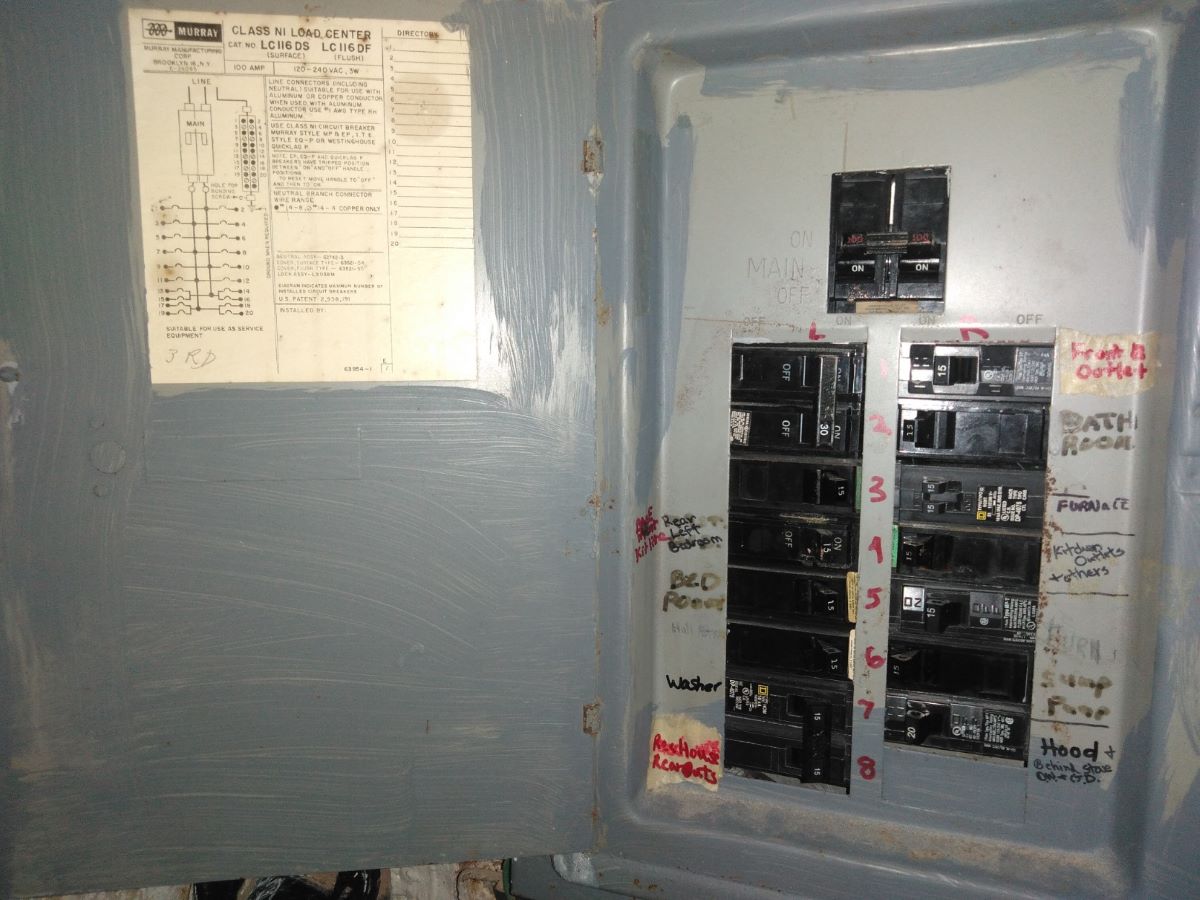
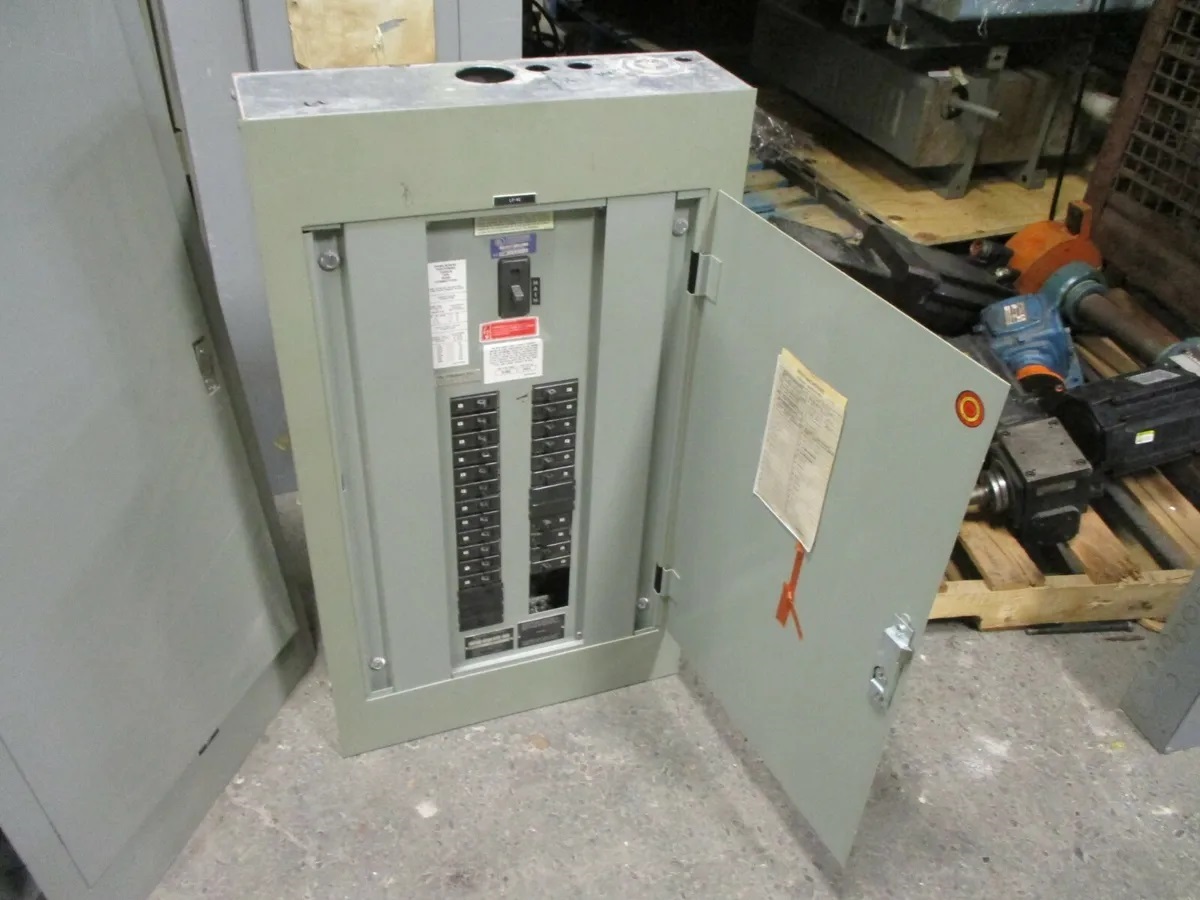
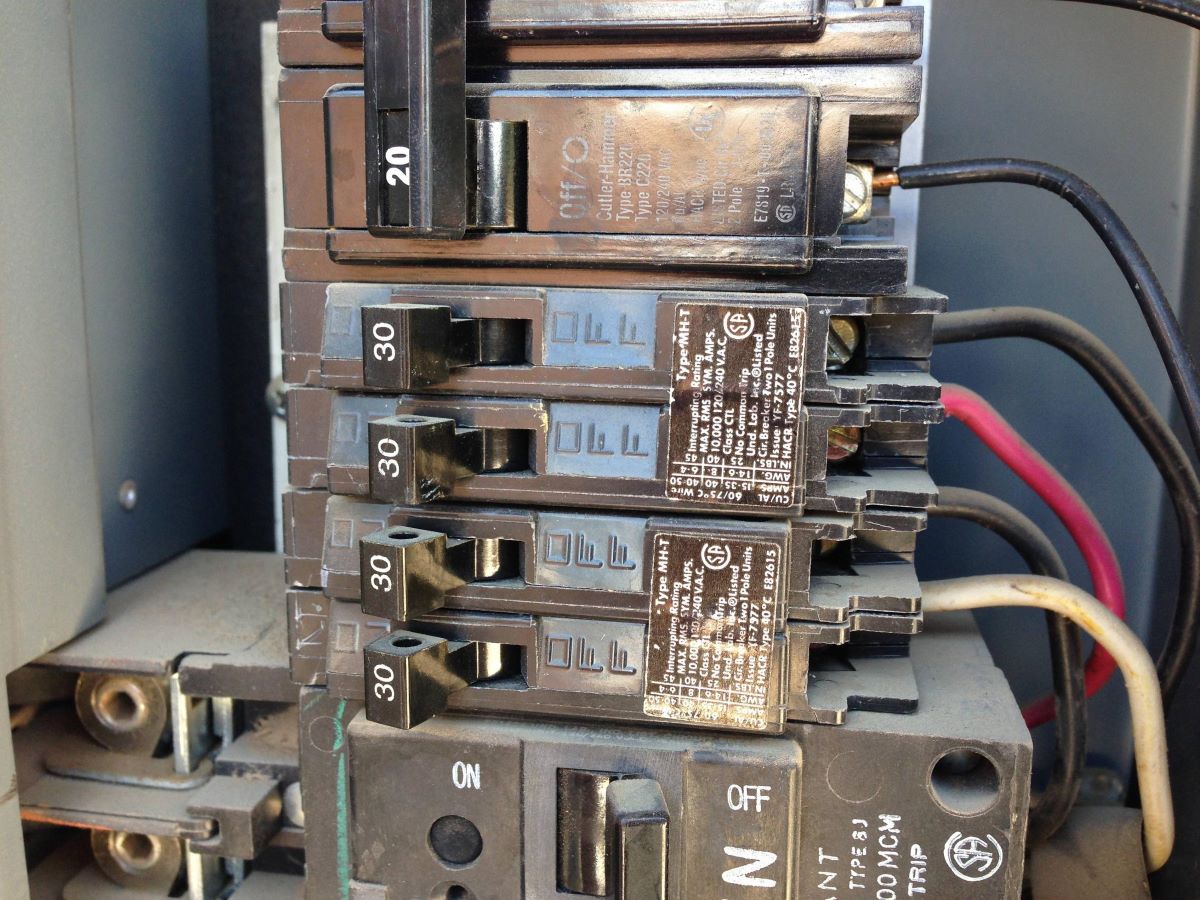
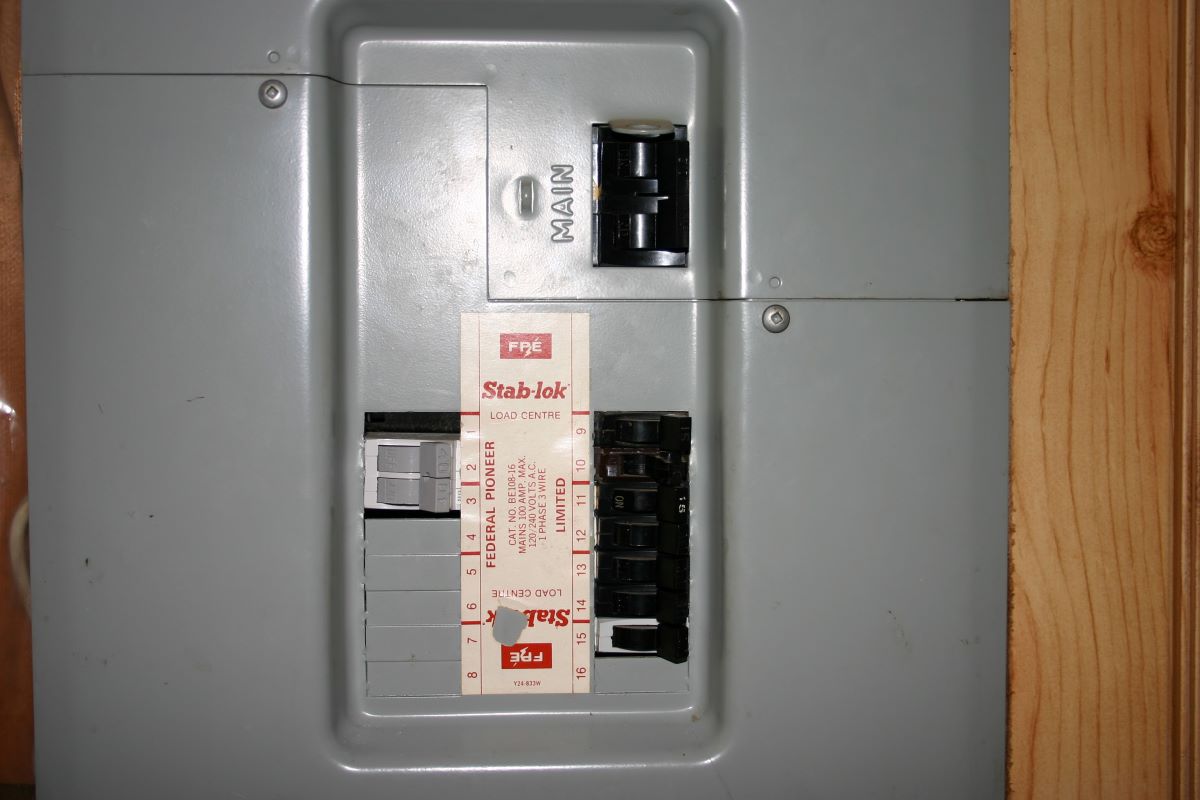

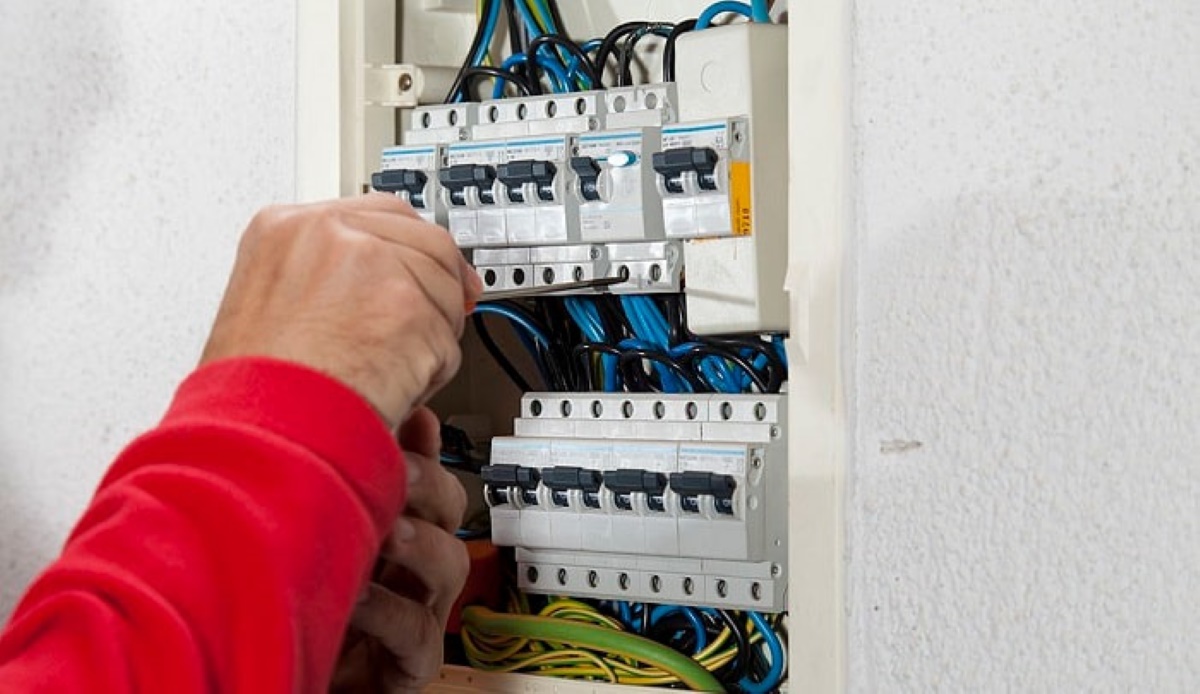
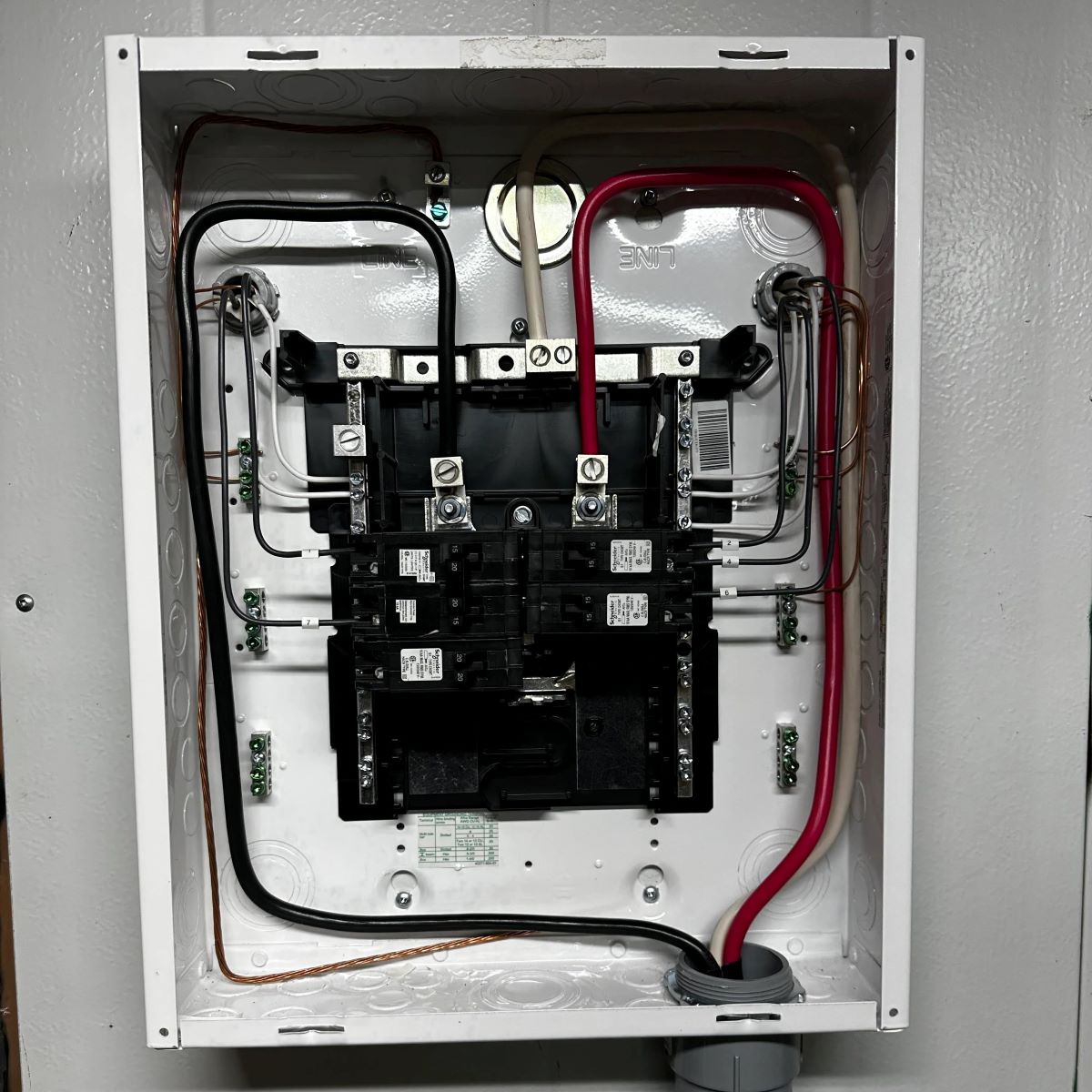
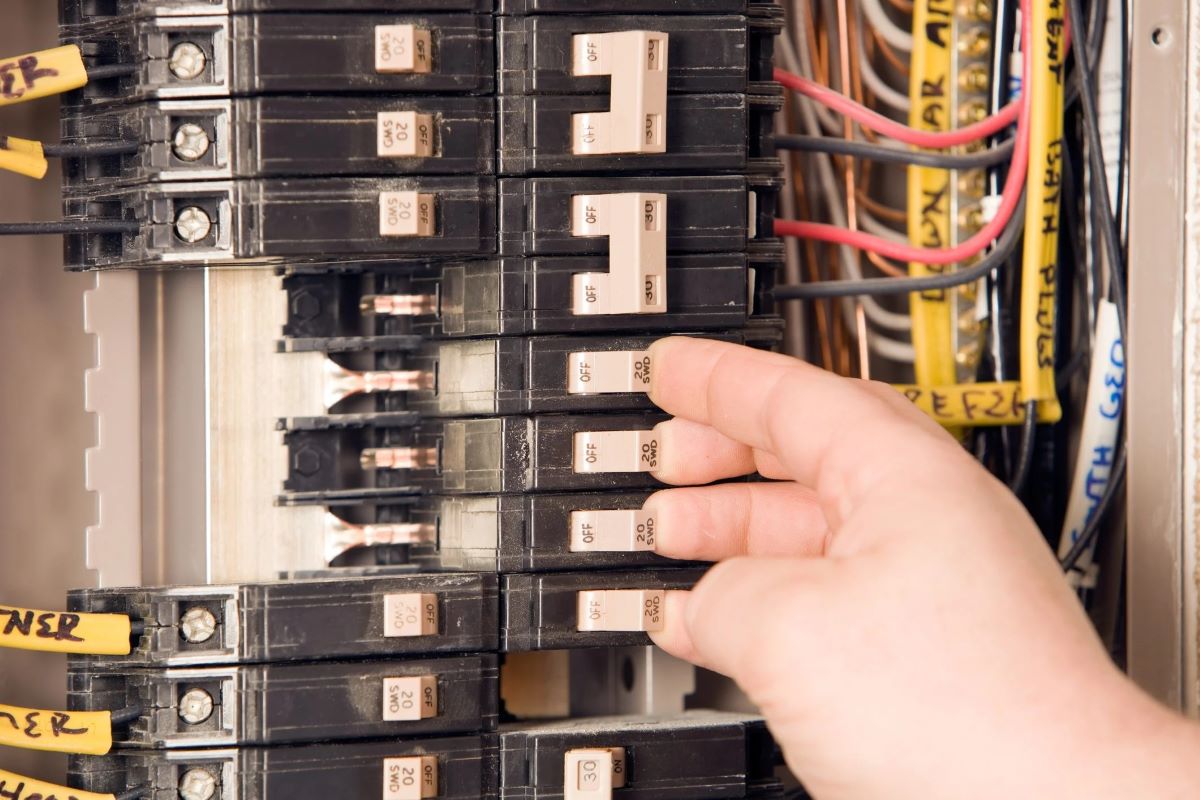
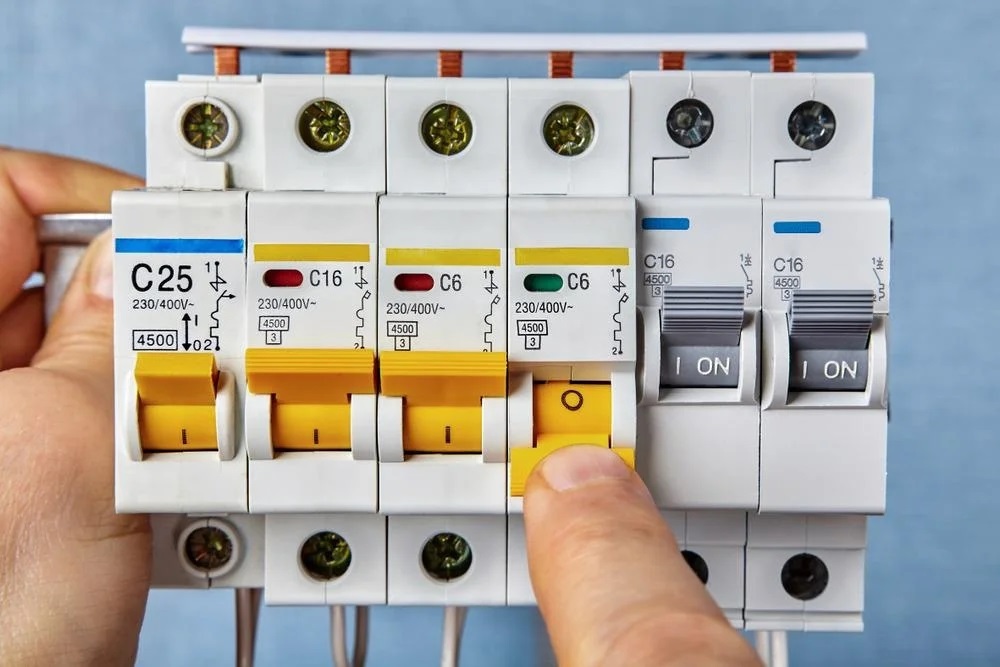
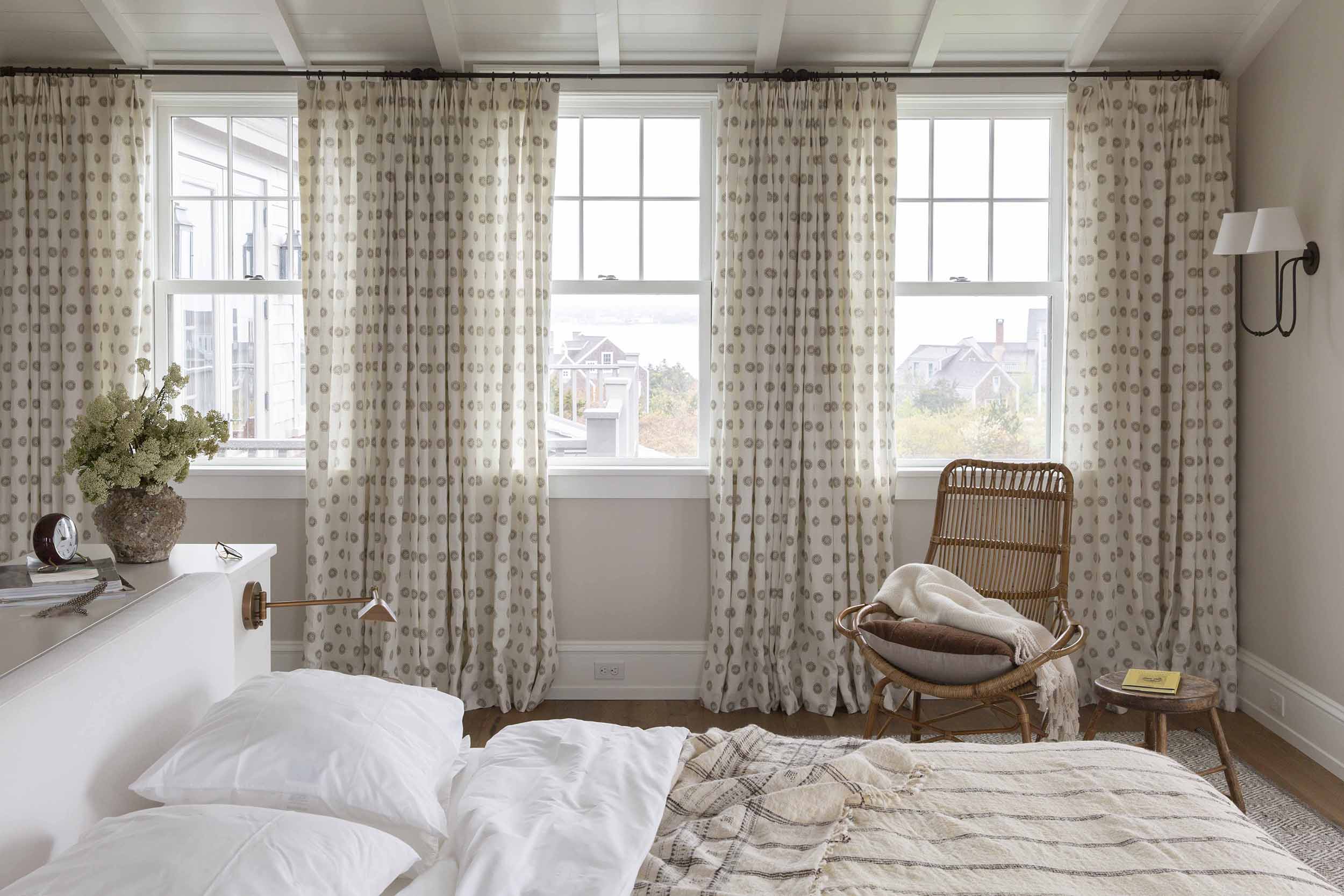
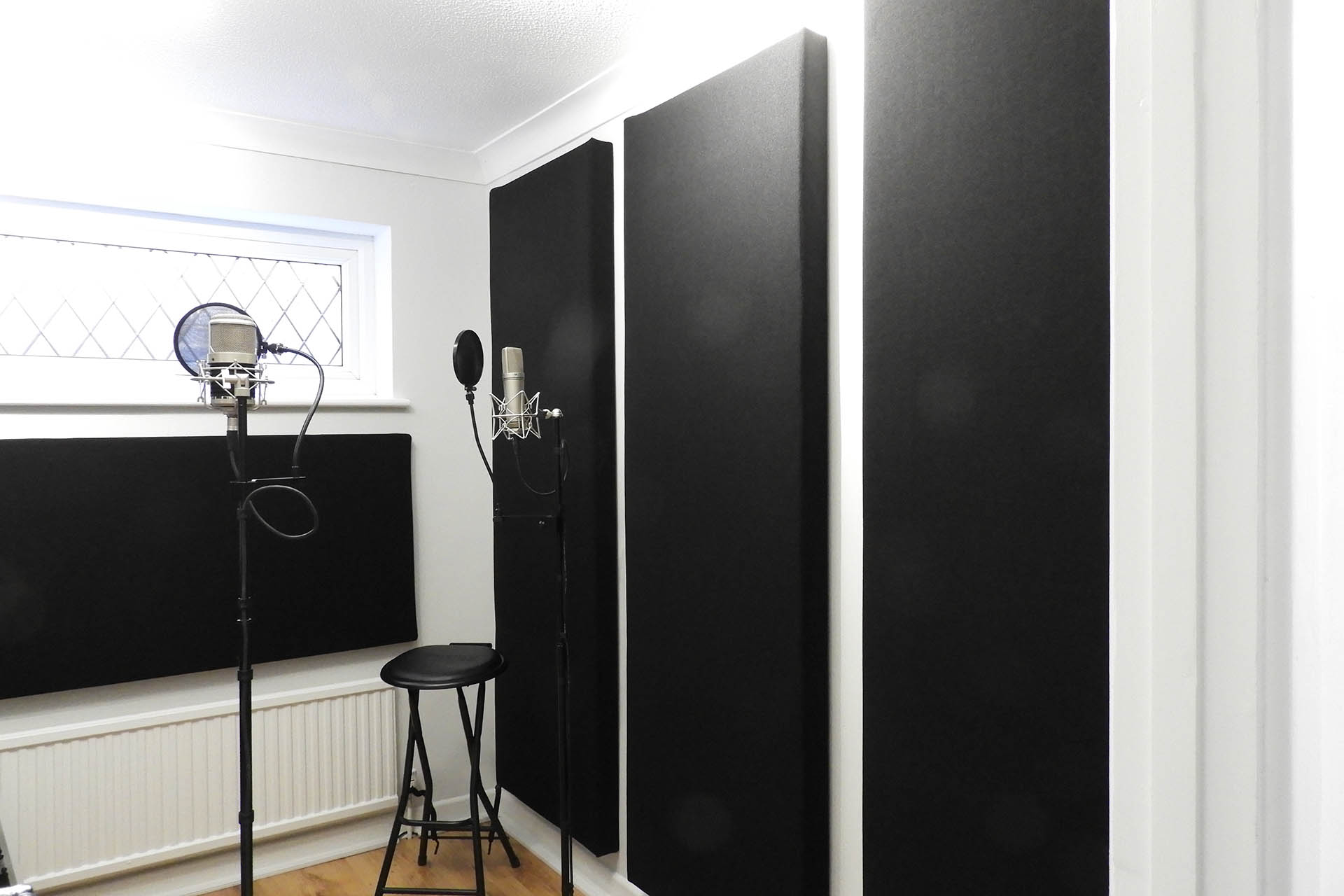
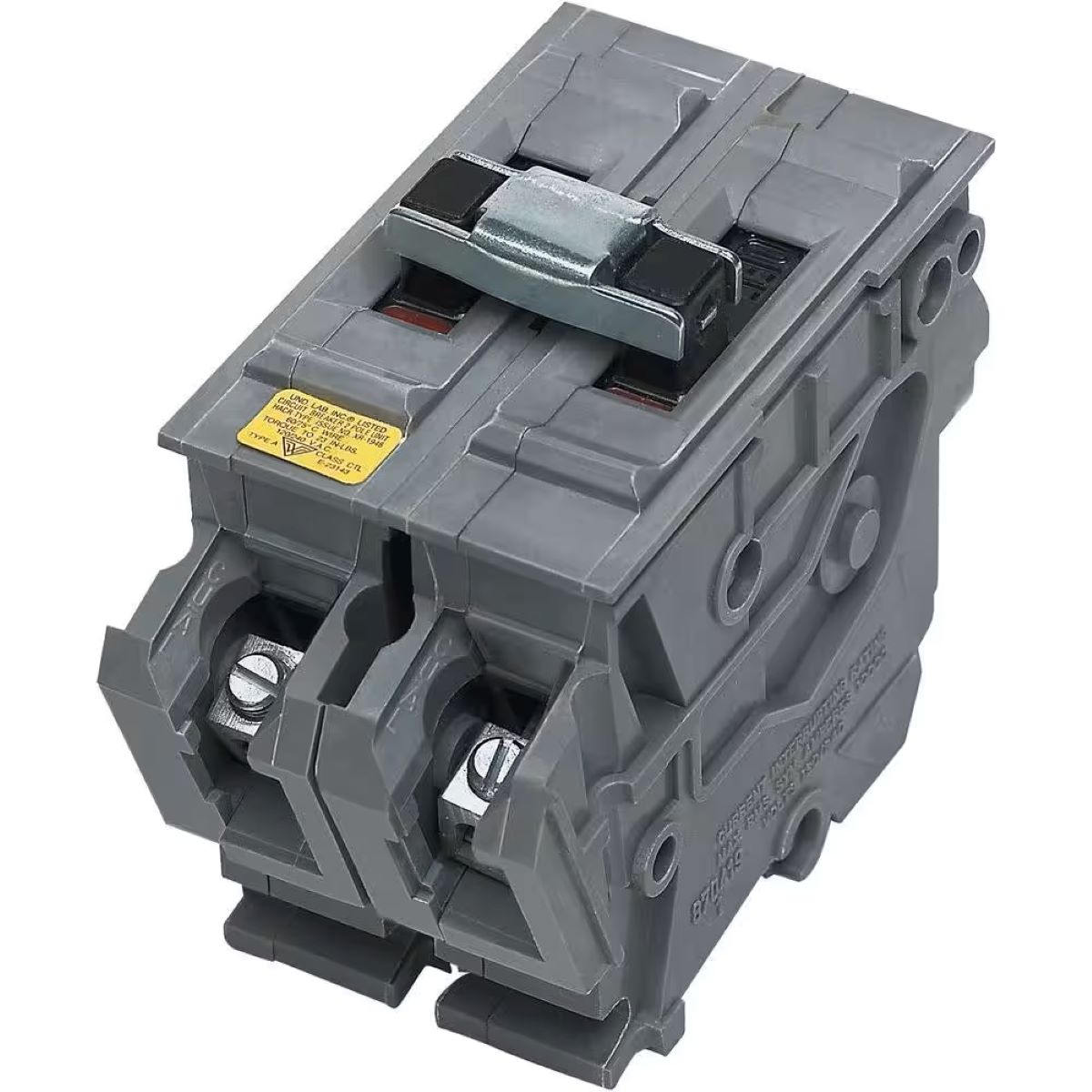
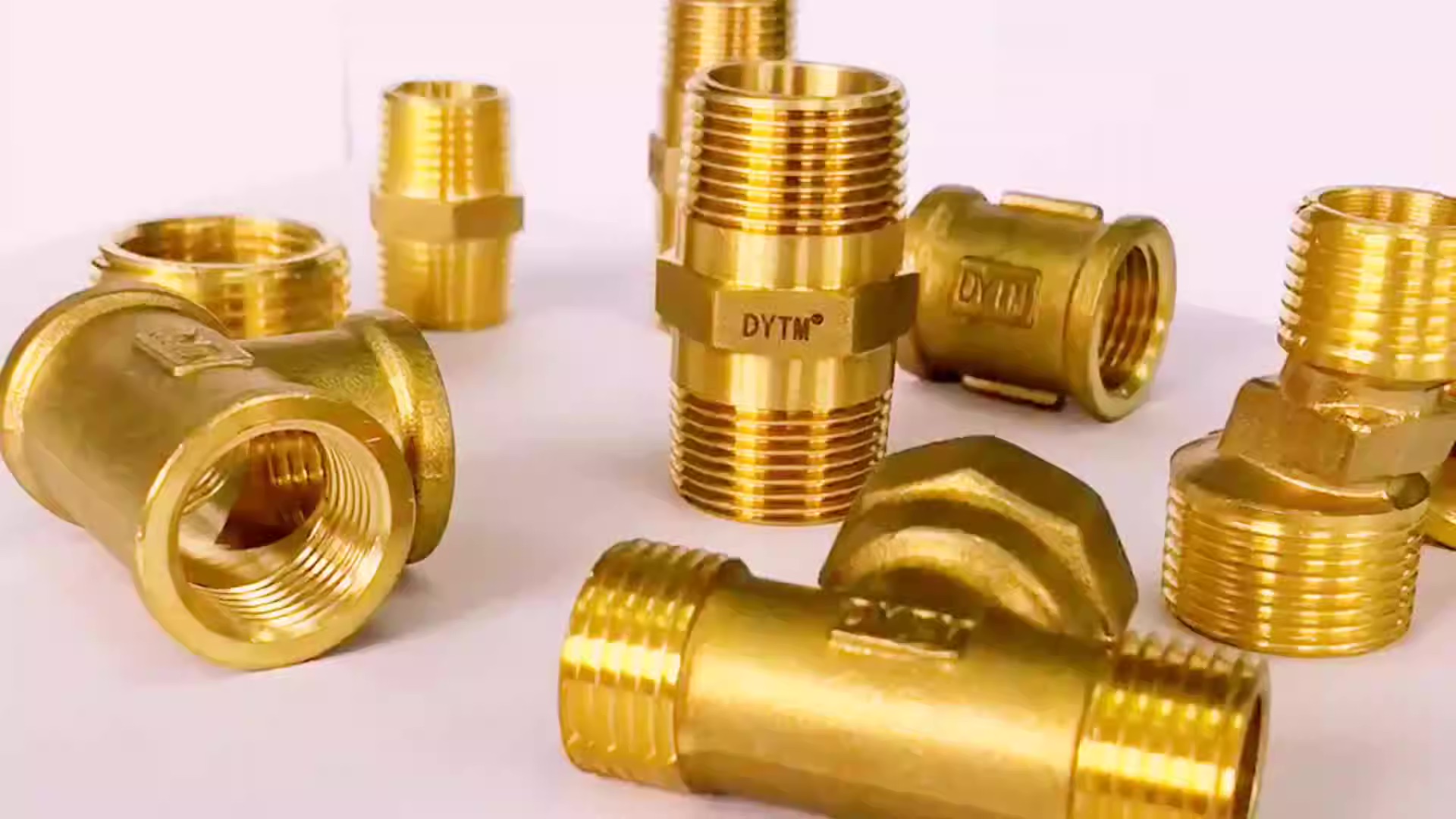


0 thoughts on “What Breakers Fit Midwest Panel”